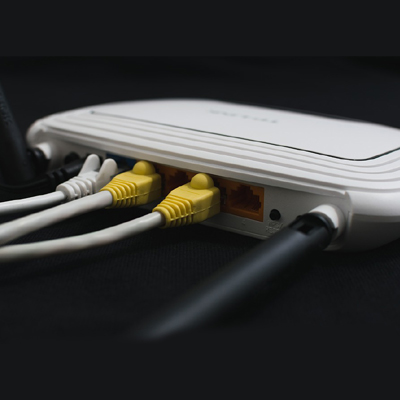
Video is changing everything. Communications companies the world over are looking for ways to diversify revenue streams in addition to increasing their ROI while simultaneously faced with the cost of upgrading existing networks. The problem isn’t so much getting customers connected, it’s providing the level of service people have come to expect in our highly-connected society.
Although we hear about high-speed this and bandwidth that, most people don’t realize that the majority of homes still use the old telephone company’s copper telephone wire to provide their internet service and beyond. Improvement to technology has helped provide DSL and VDSL users get the speeds they need for their equipment to work right, but for some, it still doesn't provide the bandwidth needed. By bonding VDSL pairs, users get the speeds they need for the most part, without the telecom company paying for upgrading their entire service infrastructure to fiber. But even VDSL has its limits.
Performance can be greatly improved by implementing vectoring, whether tandem in bonded pairs or as a stand-alone modification. Incorporating fiber as the backbone - while using the existing copper pairs for last-mile connections - is a great example of a hybrid, vectored network. However, even hybrid networks are merely meant to serve as a band-aid to give customers the speeds they need while companies figure out ways to fund complete infrastructure overhauls.
Realities of Hybrid Networks
The widespread popularity of broadband multimedia services is a double-edged sword for telecommunications service providers. Declining voice traffic revenues, rising consumer expectations, and fierce competition from cable operators make service bundles, in particular, those that include high-definition television, an essential survival strategy. Delivering such video-intensive services requires provisioning of bit rates from 20 to 100 Mbps to the end user.
The standard approach to pair bonding is the high-speed link transmission of Ethernet packets on a line via any physical layer of transport. This includes any version of DSL, including the latest technology of VDSL. This transmission mode, layers or stacks bonding fragments one byte of overhead to every 64 bytes of data transmitted and using a frame check sequence, reduces and detects any errors received.
Though conventional wisdom suggests only fiber-to-the-home (FTTH) network architecture delivers high-level performance, there is another option. Less costly than the traditional system, VDSL is a next generation DSL technology. By employing Ethernet pair bonding, service providers are turning to a hybrid network system which offers significant advantages over just a single wire. Advances and improvements in the technology; its reach, stability, and overall capacity in its copper legacy infrastructure key to the deployment of services within a twisted-pair network.
Continued improvements in VDSL technology further enable high performance vectored services for advanced multimedia services. With lowered costs and stronger bonded copper pairs, homes nearest the Central Office (CO) as well those in rural areas enjoy the same level of high-speed access bandwidth services. Whether singly or bonded, advances in telecom technologies maximize provider’s return on investment in copper infrastructure efficiently deploying advanced multimedia services to consumers near and far.
A Value Asset Legacy
Pair-bonded VDSL is a viable solution when a second wire is available to an end-user. Extended reach and rates result in lower costs due to the reduction of cabinets required. These advanced capabilities and lowered costs of hybrid systems allow communications companies upgrade their networks, regardless of their current economic market disadvantages.
Though advanced broadband services of telco copper offer quick and easy deployment, it's limited by distance. Urban and suburban areas are the most easily identifiable as available locations for the fiber-to-the-home (FTTH) network architecture. As homes and businesses get spread further apart and into the rural areas, the effects of the technology become stretched. Limited by distance, providers must also consider the quality of the wire, termination point, and any crosstalk in the cable.
The combination of signal loss due to distance in a twisted pair cable and ensuing crosstalk by signals in adjacent wire pairs help to limit the range of deployment of high-speed VDSL technology. For a specific service quality objective, service providers limit deployment. In general, the combination of signal loss introduced by a twisted pair cable and crosstalk introduced by signals in adjacent wire pairs within the same cable limit the range at which high-speed VDSL services may be deployed.
Current technology innovations make VDSL the technology of choice for communications companies offering multimedia services. Increased improvements and extended reach are conquering some of the performance-inhibiting obstacles faced by traditional copper legacy infrastructures. Additionally, VDSL pair bonding not only maximizes bandwidth for end-users but also increases the deployment service area.